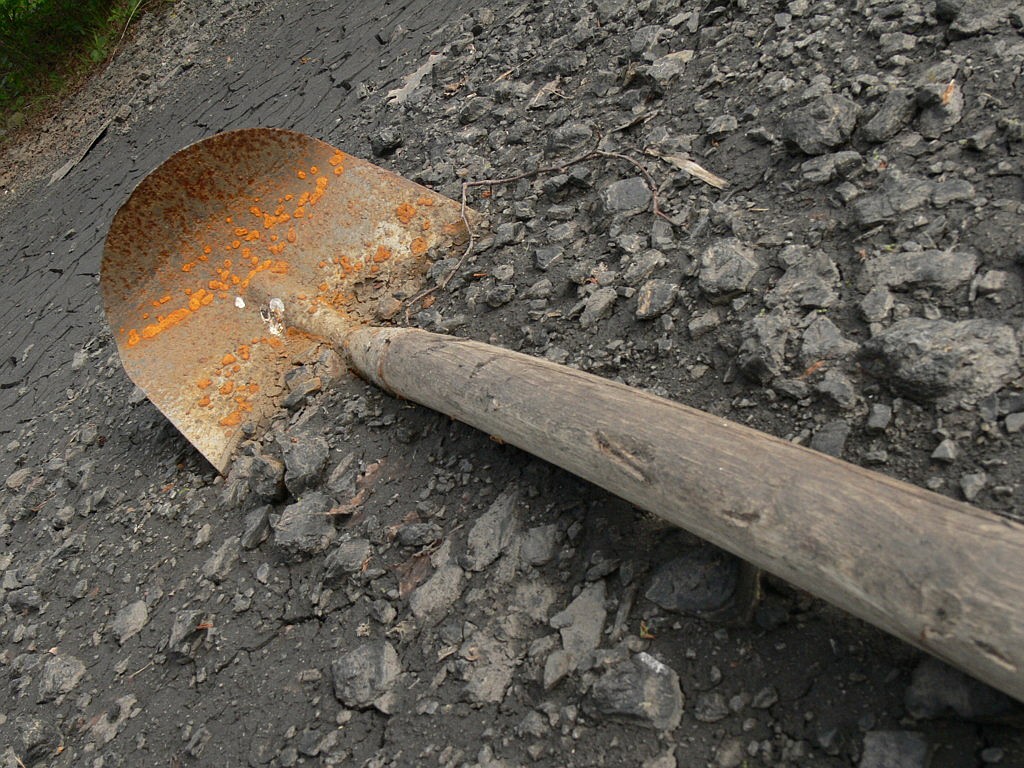- April 22, 2024
-
-
Loading

Loading

A skeleton was reportedly dug up at the location in the 1960s.
Riverside Drive, the shady street that ambles by upscale and historic homes, is prime real estate. Apparently, it was also a desirable location more than a thousand years ago. Shards of pottery and shells, as well as human remains, were found after an 18-inch-deep trench was dug for a coquina wall on the property of Hyatt Brown.
Katie Kole, director of marketing for the Florida Department of State, said a “concerned citizen” noticed the work being done for the wall and notified the Bureau of Archaeological Research that he believed the area could contain prehistoric burials. The bureau then found that the site was recorded in the Florida Master Site File, so contacted the property owner, Brown.
“He was highly cooperative,” Kole wrote in an email. “We asked a local archaeologist to come and check the site to substantiate that it contained archaeological materials.”
Ken Sassaman, a professor at the University of Florida, said he was called by Brown, who he has known for six years, to help with the work. He said everything was done as it should be, with everyone cooperating.
“The Browns are incredible stewards of Florida history,” Sassaman said.
In a phone interview, Sassaman discussed several old documents in the files of the Florida Historical Society Archaeological Institute that provide a sketchy but interesting history of the site, involving a levelled shell midden, the historic name of Bostrum and a skeleton dug up in the 1960s by two young men.
Archaeologists spent about six hours sifting through the dirt, Sassaman said, and found large hard clams, coquina shells, moon snails, various conchs, and a few small oyster shells. The pottery shards were not ornate, but rather plain and mundane and dated back to 875 to 1200, he said. It was not a controlled excavation so they could not determine any type of village.
Sassaman said they sifted through about 18 cubic yards of dirt.
“It was no surprise you’d find archaeological deposits,” he said. “They are all along the river.”
They also found a tooth and part of a finger, but Sassaman said human remains are also commonly found.
Kole said the state is consulting with representatives from the Native American Tribes of Florida to determine a respectful disposition for the remains.
In the early 1880s, the Smithsonian Institute recorded a six-foot high mound at the site, registered as the Bostrum Bear Tree Mound, on property owned by J.A. Bostrum. In the 1870s, according to historic records, John and Andrew Bostrom came to Ormond to homestead and built a residence on Riverside Drive.
The report also stated that the mound was cut through by a road built by Bostrum. The files show, according to Sassaman, that the remaining part of the mound was leveled in the 1930s and that ancestors of Bostrum had found skulls on the property.
Boys unearth skeleton
The suspicion that human remains might he on the property was caused by a June, 1963 newspaper article in the institute files. Sassaman said a Daytona Beach Morning Journal story told the story of two boys who excavated the site and found an intact skeleton. They took it to the Museum of Arts and Sciences and an expert there said it was in Indian, tall and well built. The story says the boys reburied the skeleton and covered it with red sand, but does not say where.
Sassaman said the remains were most likely Timacuan. There are no descendents of this tribe, having all died from disease and warfare.
Sassaman said by law the pottery shards belong to the landowner, but Brown has allowed them to be taken to the University of Florida where they will be curated
“The interesting thing about archaeology,” Sassaman said, “is that you never know what’s under you.”
Sassaman said the law states that if a person finds human remains, they must notify law enforcement. If it is at an archaeological site and can be identified as ancient, then state archaeologists should be notified.